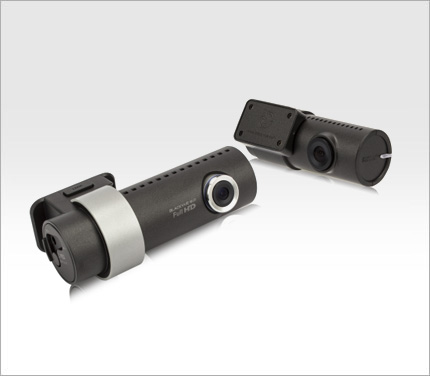
- #Blackvue dash cam mapillary how to#
- #Blackvue dash cam mapillary manuals#
- #Blackvue dash cam mapillary pro#
#Blackvue dash cam mapillary pro#
Sony STARVIS 2.0 is the latest image sensor technology from Sony, and the VIOFO A139 Pro is currently the only dashcam on the market that utilizes the STARVIS IMX678 image sensor. It also improves low-light performance by increasing light sensitivity and reducing noise levels. The STARVIS 2.0 IMX678 image sensor has a wider dynamic range in a single exposure than other STARVIS image sensors, resulting in clearer and more detailed images and videos. However, the VIOFO A139 Pro uses Sony STARVIS 2.0 technology to address these issues. Many dash cams struggle with low light sensitivity, headlight glare, and limited dynamic range.

We therefore focus on planning, implementing, and troubleshooting meso-scale UAV survey, and the processing of imagery for orthophoto and topographic map production.The VIOFO A139 Pro sets itself apart from other dash cams when it comes to night vision.
#Blackvue dash cam mapillary how to#
Our target audience is non-specialist or novice UAV operators who may find themselves, as we did, with an out-of-the-box drone and software package, a particular set of research aims to tackle in difficult and remote field conditions, and with little guidance on how to practically link these within the scope of a field project. Our aim in this paper is to partially fill this gap, emphasizing the needs of projects based in remote locales with limited internet access.
#Blackvue dash cam mapillary manuals#
In our own experience, we found a gap in the UAV literature between technical/operational manuals and the interpretation(s) of post-processed imagery (but see Barnes and Volkmann 2015). This article outlines the primary phases of research using a quadrotor UAV to address meso-scale research problems. Furthermore, quadrotor UAV systems represent a feasible entry-level option for archaeological projects with limited budgets or non-specialist personnel who are interested in producing technical quality aerial photographs and digital elevation models to answer research questions rather than for illustration alone (Lang et al. These low-cost and easy-to-use platforms therefore seem best suited for covering the meso-scale, including the level of entire sites and their catchment areas (Campana 2017: 5 Hill and Rowan 2017). broad exploratory landscape survey and aerial reconnaissance (Campana 2017: 15 Colomina and Molina 2014). excavation units or individual features, recent reviews concur that they are not efficient enough platforms for the macro-scale, i.e. While quadrotor UAVs may represent more technical firepower than strictly necessary for micro-scale documentation, i.e. UAV use in archaeology has accelerated recently, given the affordability of “out-of-the-box” quadrotor-UAV platforms and the reduced cost of photogrammetric software for processing drone-produced imagery (Gutiérrez and Searcy 2016). We cost-effectively replicated its functionality while adding a new depth-based modality and created a user interface for temporally monitoring changes in multimodal views of archaeological sites.Īrchaeologists were early adopters of Unmanned Aerial Vehicle (UAV) systems, extending a long tradition of low-altitude aerial photography for site documentation and landscape survey (Verhoeven 2009, 2011). To validate the proposed framework, we tested our thermal image stitching pipeline against state-of-the-art commercial software. We tested our change detection algorithm and found it has a root mean square error of 0.04. Our results show we can create overlays of aligned thermal and depth data on RGB mosaics of archaeological sites. We then apply detection algorithms to the stitched images to identify change regions and design a user interface to monitor these regions over time.

To align and aggregate collected images, we propose two-stage multimodal depth-to-RGB and thermal-to-RGB mosaicking algorithms. We mount RGB, depth, and thermal cameras on an autonomous drone for low-altitude data acquisition. This paper proposes an end-to-end framework for archaeological sites detection and monitoring using autonomous service drones. Advances in thermal imaging, depth imaging, drones, and artificial intelligence have driven the cost down and improved the quality and volume of data collected and processed. Archaeologists have always considered using service drones to automate collecting data on and below the ground surface of archaeological sites, with cost and technical barriers being the main hurdles against the wide-scale deployment. The early identification of changes is crucial to preventive conservation.

Constant detection and monitoring of archaeological sites and objects have always been an important national goal for many countries.


 0 kommentar(er)
0 kommentar(er)
